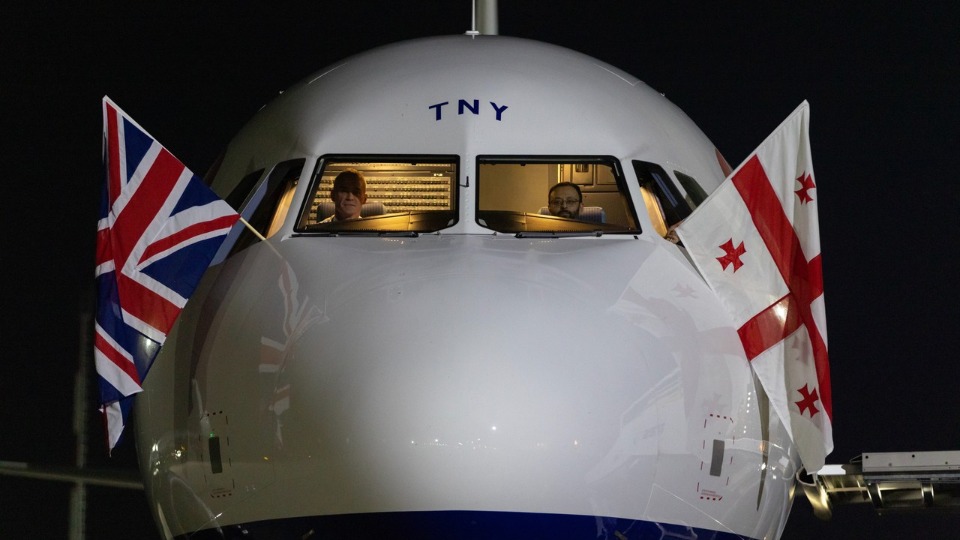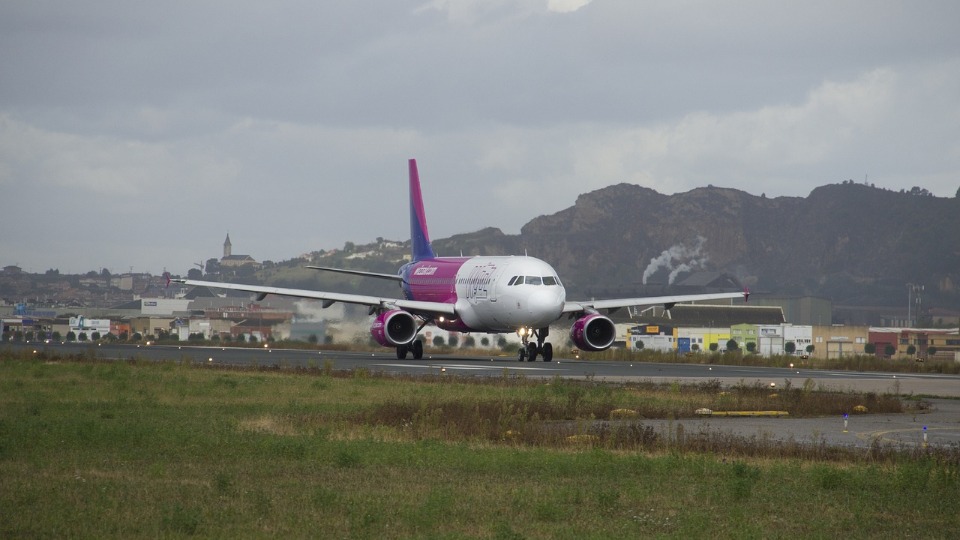
First Full-Sized Scan of the Titanic Reveals Amazing Details

Never before has the world's most famous wreck been so clearly revealed.
Deep-sea mapping has created the first digital scan of Titanic in full size. The ship lies 3,800m (12,500ft) below the surface of the Atlantic.
The 3D view allows the ship to appear as though the water had been drained.
This will hopefully shed light on what exactly happened to the liner that sank in 1911.
On its maiden voyage, the ship from Southampton to New York struck an iceberg and more than 1,500 passengers died.
"There are still questions, basic questions, that need to be answered about the ship," Parks Stephenson, a Titanic analyst, told BBC News.
He said that the model is "one of the major steps in driving the Titanic story to evidence-based research and not speculation."
Since 1985, the Titanic wreck has been thoroughly explored. It's so large that cameras only capture a few tantalizing glimpses in the darkness of the ocean.
The Titanic is captured in its entirety by the new scan. The wreck is split into two sections, separated by approximately 800m (2600ft) between the bow and stern. The broken vessel is surrounded by a huge debris field.
The scanning was done in summer 2022, by Magellan Ltd., a company that specializes in deep-sea maps, and Atlantic Productions who are producing a documentary on the project.
A team of specialists on board a specialist vessel remotely controlled submersibles that spent over 200 hours surveying and mapping the wreck.
The 3D reconstruction was created by combining 700,000 images taken from all angles.
Magellan's Gerhard Seiffert led the planning of the expedition and said that it was the biggest underwater scanning project he had ever undertaken.
"The depth of it, almost 4,000m, represents a challenge, and you have currents at the site, too - and we're not allowed to touch anything so as not to damage the wreck," he explained.
"And the other challenge is that you have to map every square centimetre - even uninteresting parts, like on the debris field you have to map mud, but you need this to fill in between all these interesting objects."
The scan provides both the size of the ship and some minute details such as the serial numbers on the propellers.
Even 100 years after the ship's loss, its bow is instantly recognisable. On top of the boat deck is a hole that gives a glimpse at the void left by the grand staircase.
The stern is a jumble of metal. The ship's stern collapsed when it corkscrewed onto the seabed.
There are a number of items scattered in the debris field surrounding the wreckage, including statues, ornate metalwork, and unopened bottles of champagne. Personal items, such as dozens of shoes, are scattered on the sediment.
Parks Stephenson who has studied Titanic for years was "blown away", when he saw the scans.
"It allows you to see the wreck as you can never see it from a submersible, and you can see the wreck in its entirety, you can see it in context and perspective. And what it's showing you now is the true state of the wreck."
He said that scanning the Titanic could provide new insights into what happened on that fateful evening in 1912.
"We really don't understand the character of the collision with the iceberg. We don't even know if she hit it along the starboard side, as is shown in all the movies - she might have grounded on the iceberg," he explained.
He added that studying the stern could reveal how the ship hit the seabed.
Microbes and the sea are destroying parts of the wreckage. Historians know that there is a limited amount of time to fully comprehend the maritime disaster.
The scan freezes the wreckage in time and allows experts to examine every detail. It is hoped that the Titanic will reveal its secrets.
Source: bbc.com








